Dairy Foods Blog

Blog Topics
Ingredients with benefits
Functional ingredients and superfoods are here to stay, and present an opportunity for dairy.
October 17, 2019
Transparency, disruption and change: the trifecta for driving dairy demand
Collaboration among farmers, processors and retailers is more important than ever.
October 11, 2019
Avoid 3 common mistakes when launching a dairy food product
If your new product is failing to connect with customers, think twice before heading back to the drawing board.
October 8, 2019
Refrigerator and freezer maintenance: what dairy producers need to know
A reliable system of monitoring, maintaining and repairing units will mitigate large-scale breakdowns, which can be expensive.
September 24, 2019
Overcome the challenges in plant protein applications
Alternative proteins offer a perfect solution to a more sustainable food production system. Customers are ready to embrace this trend, but will do so only if taste, texture and healthfulness remain uncompromised.
September 17, 2019
Farm-to-fork food safety ‘masterclass’: part two
Although technology and automation play a part, food safety is a shared responsibility.
September 9, 2019
Farm-to-fork food safety ‘masterclass’
By applying commonsense protections from farm to fork and by selecting the most appropriate food inspection technology for the application, transparency can be enhanced and the risk of physical contaminants entering the food chain prevented.
September 3, 2019
Stay ahead of the curve. Unlock a dose of cutting-edge insights.
Receive our premium content directly to your inbox.
SIGN-UP TODAYCopyright ©2024. All Rights Reserved BNP Media.
Design, CMS, Hosting & Web Development :: ePublishing


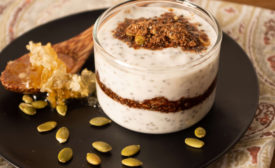
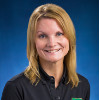
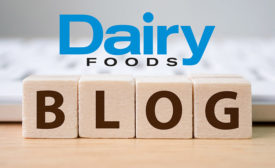


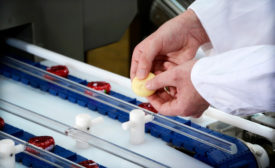

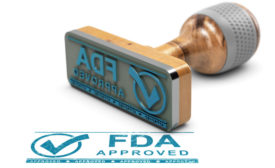
Recent Comments
Discount code
Alex Shimray
Thank you for sharing this! This is really...
Thank you for sharing this! This is really...
yes, nowadays more teenagers like to have a...